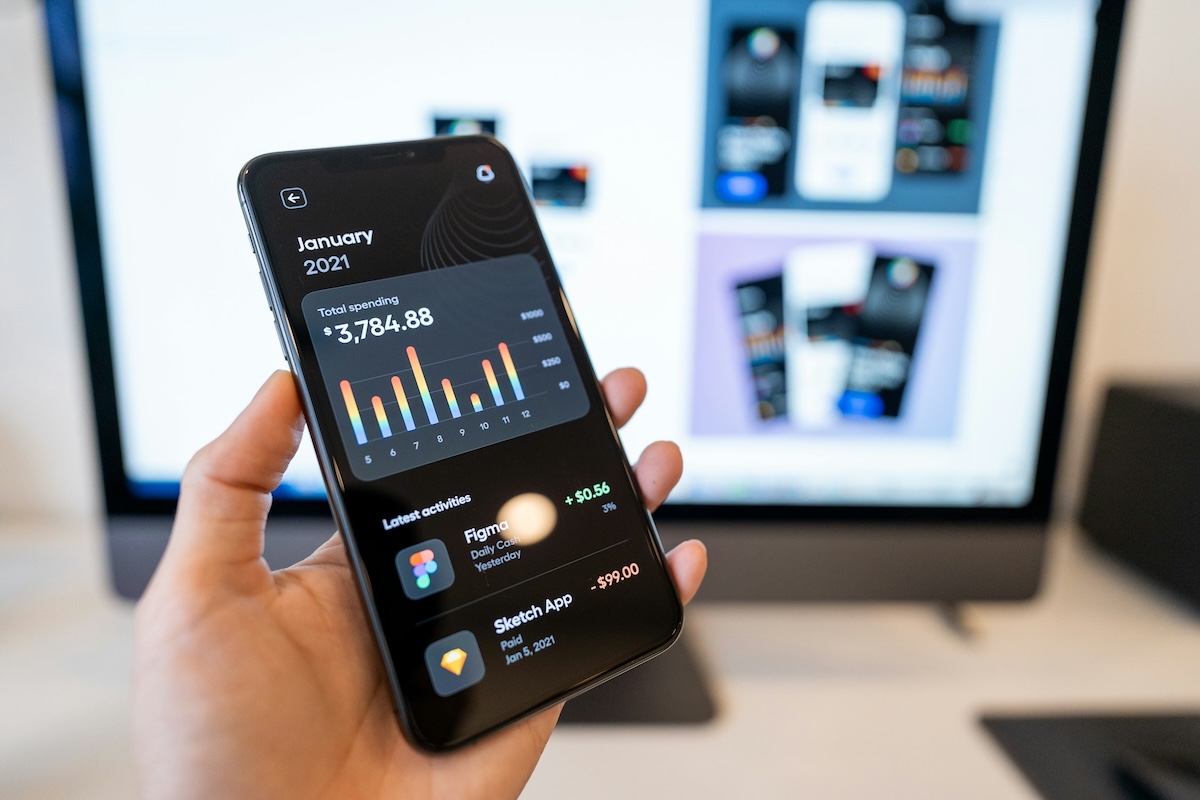Developing a mobile app for the first time is an exciting process. However, it can also be overwhelming, especially for businesses or startups who are new to the world of app development. Many first-time developers make mistakes that can result in costly delays, poor user experience, or even app failure. In this blog post, we will discuss the most common mistakes to avoid when developing your first mobile app and provide tips on how to ensure a smooth and successful development process.
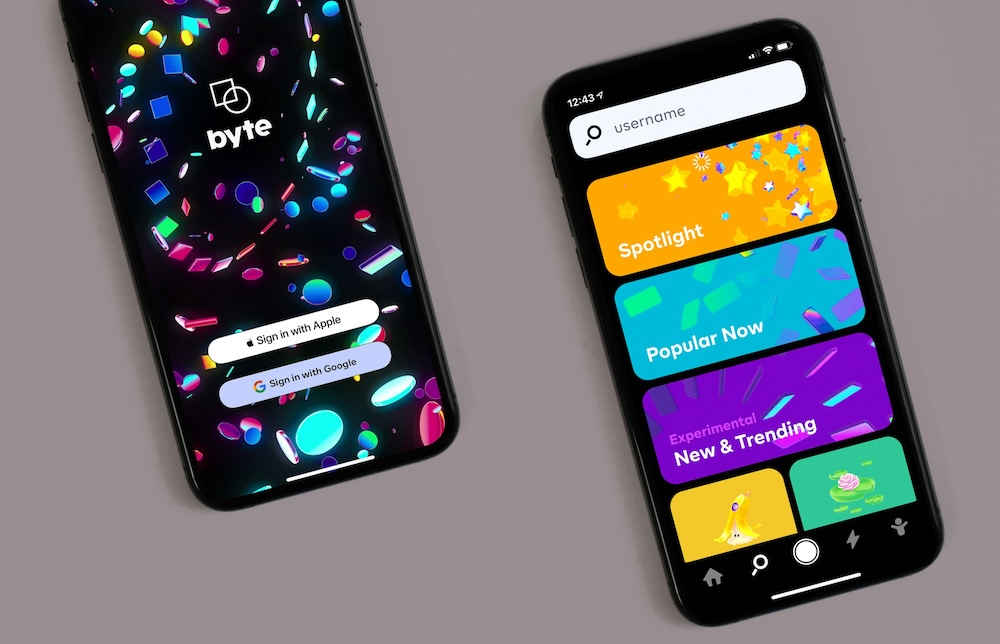
What Is Mobile App Development?
Mobile app development refers to the process of creating software applications that run on smartphones and tablets. These apps can serve various purposes, from providing entertainment to solving real-world problems like productivity or health. Developers must also decide whether to build a native app (specific to one platform) or a cross-platform app (which works on multiple platforms). With mobile apps becoming an integral part of everyday life, understanding how to develop them efficiently and successfully is crucial for businesses aiming to meet the demands of mobile users.
Why Is It Important to Avoid Mistakes in App Development?
- Cost Efficiency: Mistakes can lead to budget overruns, unexpected costs, and delays, making the development process more expensive and time-consuming.
- User Retention: Poor user experience, security issues, or buggy performance can lead to high uninstall rates and low user retention.
- Reputation Impact: A failed app can hurt your brand’s reputation, leading to negative reviews and loss of trust from potential customers.
- Competitive Edge: By avoiding mistakes, you create a better product that stands out in the market, increasing your chances of attracting and retaining users.
- Meeting Business Goals: A well-executed app is more likely to achieve the business objectives it was designed for, whether that’s increased sales, user engagement, or brand awareness.
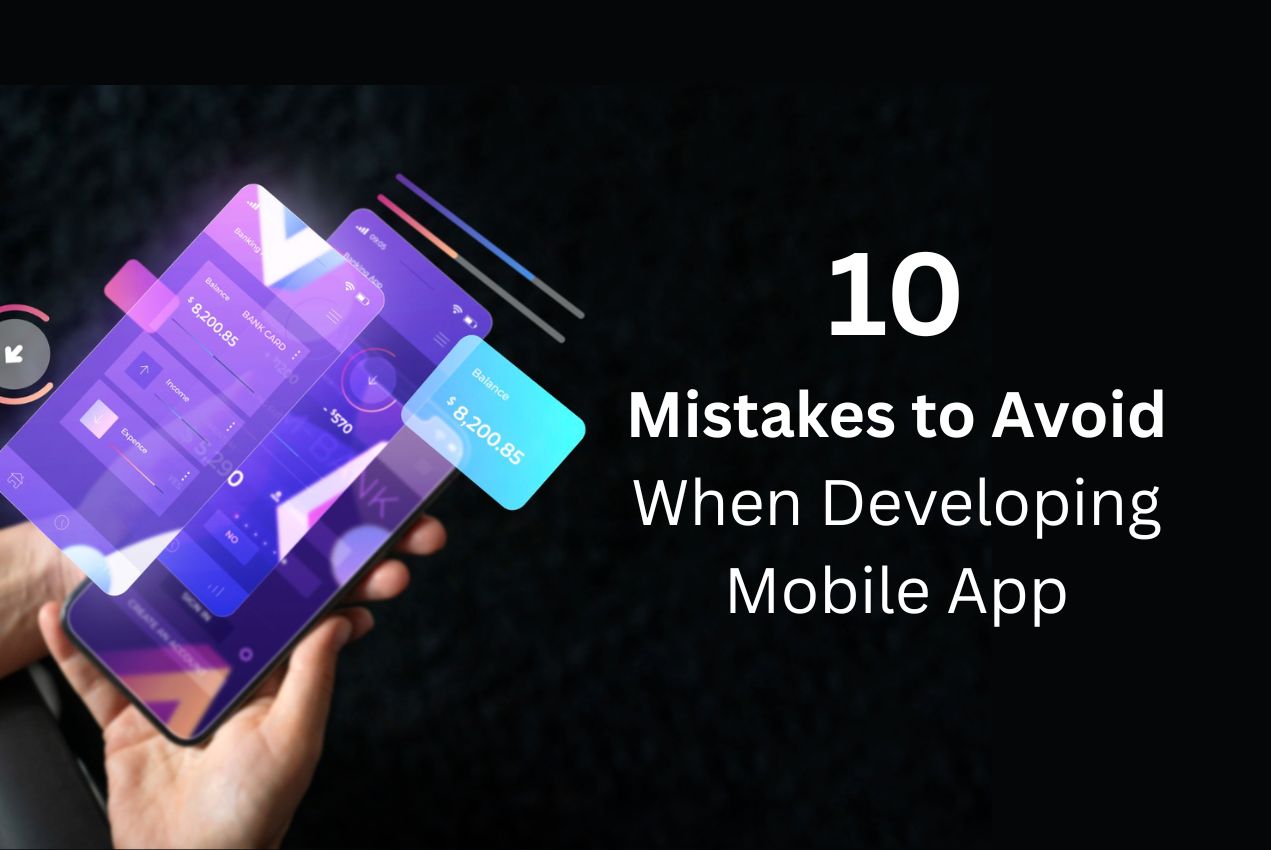
10 Mistakes to Avoid When Developing Your First Mobile App
Now that we’ve covered what mobile app development is and why it’s important to avoid mistakes, let’s dive into the most common mistakes that businesses make when developing their first mobile app.
1. Skipping Market Research
Skipping market research is one of the most common mistakes when developing a mobile app. Failing to understand the target audience and market needs before starting development can result in building an app that doesn’t address real user problems. Without this insight, you may waste valuable resources developing an app that fails to attract or engage users. To avoid this mistake, conduct comprehensive market research to understand your audience, study competitors, and gather user feedback.
Why it’s a Problem?
Without understanding your target market, their needs, and their pain points, you risk building an app that people don’t want to use. Market research helps you identify gaps in the market, understand user behavior, and design a product that addresses real problems.
How to Avoid It:
Conduct thorough market research before starting development. Look at competitor apps, gather user feedback, and use surveys or focus groups to understand what your audience is looking for. Tools like Google Trends and App Store reviews can also provide valuable insights.
2. Having Unclear App Goals and Features
An app with unclear goals and excessive features can confuse users and complicate the development process. Many developers, especially first-timers, try to include too many features in their initial launch, thinking it will make the app more appealing. However, this often leads to an app that is bloated, difficult to use, and underperforms.
Why it’s a Problem?
Adding unnecessary features can dilute the app’s core purpose and make it harder to navigate. It can also increase development time, lead to more bugs, and frustrate users.
How to Avoid It:
Start with a clear vision and set specific goals for your app. Define the core features that will solve your users’ problems and focus on those first. Consider creating a Minimum Viable Product (MVP) that includes only the essential features. You can add more features after launch based on user feedback.
3. Neglecting User Experience (UX) Design
User experience (UX) design is a critical component of mobile app development, and neglecting it can lead to high uninstall rates and poor user retention. An app that is difficult to navigate, visually unappealing, or full of confusing interactions will quickly frustrate users. Good UX design ensures that users can navigate the app effortlessly, find what they need, and complete tasks without confusion.
Why it’s a Problem?
A poor UX design will frustrate users and lead to high uninstall rates. Users expect apps to be easy to use and visually appealing. If they find your app difficult to navigate, they will likely abandon it.
How to Avoid It:
Focus on creating a natural and clean design. Use wireframes and prototypes to test the app’s flow before development. Make sure the app’s navigation is straightforward, and use familiar icons and layouts that users are comfortable with. Always test your app with real users to ensure it’s easy to use.
4. Choosing the Wrong Tech Stack
Choosing the wrong technology stack is a mistake many developers make, often without realizing its long-term impact. The tech stack determines how your app performs, how scalable it is, and how much maintenance will be required in the future. Deciding between a native app and a hybrid app, for example, will affect your app’s performance, user experience, and development time.
Why it’s a Problem?
The wrong tech stack can lead to performance issues, longer development times, and higher costs. Native apps (built for iOS or Android) tend to offer better performance, while hybrid apps (built to work across multiple platforms) can sometimes struggle with performance and user experience.
How to Avoid It:
Consider your app’s goals and choose a tech stack that aligns with your needs. If performance is a top priority, native development may be the best option. However, if your budget is tight and you want to reach a larger audience with a single codebase, a hybrid app might be the right choice. Consult with experienced developers to make the best decision.
5. Underestimating Development Costs and Time
Underestimating the time and cost involved in developing a mobile app is another common mistake. Many first-time developers fail to account for all stages of development, including design, testing, and post-launch updates. This can result in budget overruns and delays. It's crucial to plan for every stage of the process and allocate resources accordingly. Additionally, it's important to factor in ongoing maintenance and marketing costs post-launch.
Why it’s a Problem?
Underestimating costs can lead to budget overruns, delays, or even project abandonment. Not accounting for the full development process can lead to disappointment when unexpected costs arise.
How to Avoid It:
Create a detailed development plan that includes timelines, milestones, and estimated costs. Make sure your account for design, testing, marketing, and post-launch updates. Work with a skilled project manager to keep the project on track and avoid scope creep.
6. Lack of Scalability Planning
Failing to plan for scalability is a mistake that can cause your app to fail as it grows. If your app isn’t designed to handle an increase in users or data volume, it could crash, slow down, or experience performance issues. This is particularly problematic for apps that expect rapid growth or have the potential to attract a large user base.
Why it’s a Problem?
An app that isn’t designed with scalability in mind can experience slow load times, crashes, or other performance issues as it grows. This can result in a poor user experience and damage your app’s reputation.
How to Avoid It:
Design your app with scalability in mind from the beginning. Choose a flexible architecture and infrastructure that can handle future growth. Opt for cloud-based solutions, which can easily scale with your app’s needs.
7. Ignoring Security and Data Protection
Mobile apps are prime targets for cyberattacks, especially if they handle sensitive user information like personal details, payment data, or login credentials. Ignoring security measures can leave your app vulnerable to data breaches, leading to lost user trust, legal issues, and reputational damage. To avoid this, integrate security into every stage of your app’s development.
Why it’s a Problem?
With increasing concerns about data privacy, users expect their information to be protected. If your app handles sensitive data like passwords, personal information, or payment details, security should be a top priority.
How to Avoid It:
Ensure that your app uses proper encryption methods, secure APIs, and follows industry-standard security protocols. Regularly update your app to patch security vulnerabilities, and conduct security audits to identify potential risks.
8. Skipping Proper Testing
Skipping proper testing before launching your app can lead to a subpar user experience filled with bugs, crashes, or performance issues. While it's tempting to launch as soon as possible, a poorly tested app can quickly lead to negative reviews, uninstalls, and damage to your brand's reputation. To avoid this mistake, conduct thorough testing at every stage of development.
Why it’s a Problem?
A bug-ridden app is frustrating for users and can lead to negative reviews, low ratings, and uninstalls. It’s essential to test your app thoroughly to ensure it works properly on all devices and platforms.
How to Avoid It:
Conduct thorough testing at every stage of development. Test for functionality, performance, and usability on different devices. Use both manual and automated testing methods, and consider beta testing with a group of real users to identify issues before launch.
9. Poor Marketing Strategy
Even the best apps can fail without an effective marketing strategy. Many developers focus on building the app and forget about the importance of marketing, which can lead to low visibility and user engagement. A strong marketing strategy ensures your app reaches its target audience and gets noticed among competitors. To avoid this mistake, start marketing your app before launch. Build anticipation through social media, a landing page, or early access offers.
Why it’s a Problem?
An app that isn’t properly marketed will have difficulty reaching its target audience. Without users, your app won’t generate the revenue or success you expect.
How to Avoid It:
Start marketing your app before it launches. Build a website, engage with users on social media, and start gathering email subscribers early on. Once your app is launched, consider running ads or working with influencers to promote it.
10. Neglecting Post-Launch Updates and Maintenance
Once your app is launched, the work doesn’t stop. Many developers neglect ongoing updates and maintenance, which can lead to performance issues, security vulnerabilities, and outdated features. Continuous improvement is key to keeping your app fresh and engaging. Regular updates, bug fixes, and new features based on user feedback will help retain users and improve your app’s reputation. To avoid this mistake, establish a plan for post-launch support.
Why it’s a Problem?
Without ongoing updates and improvements, your app can become outdated or buggy. Users expect apps to be regularly updated with new features and bug fixes.
How to Avoid It:
To avoid this mistake, establish a plan for post-launch support. Respond to user feedback, fix bugs, and release new features to keep your app fresh and engaging.
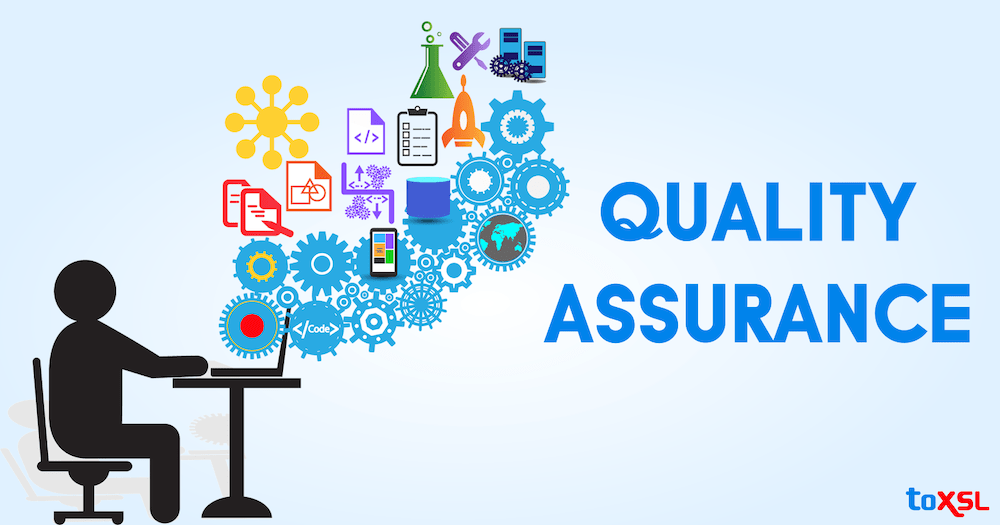
How to Ensure Proper Testing and Quality Assurance
Testing and quality assurance (QA) are vital to the success of any mobile app. While the development process might focus on building features and functionalities, it's essential to ensure that the app works flawlessly before it reaches users. Proper testing can help identify bugs, performance issues, or security vulnerabilities that could hurt the user experience or cause an app to crash. Skipping or rushing through the testing phase can lead to a subpar product that users will quickly abandon.
Key Testing Strategies to Implement:
- Unit Testing: Test individual components of the app to ensure each part works as intended.
- Integration Testing: Check how different parts of the app work together to ensure seamless interaction.
- User Experience (UX) Testing: Conduct usability tests with real users to ensure the app is intuitive and easy to navigate.
- Performance Testing: Evaluate the app’s speed, responsiveness, and overall performance under different conditions and loads.
- Security Testing: Test the app for vulnerabilities to prevent data breaches or hacking attempts.
- Beta Testing: Release a beta version of the app to a small group of users for real-world feedback before full-scale launch.
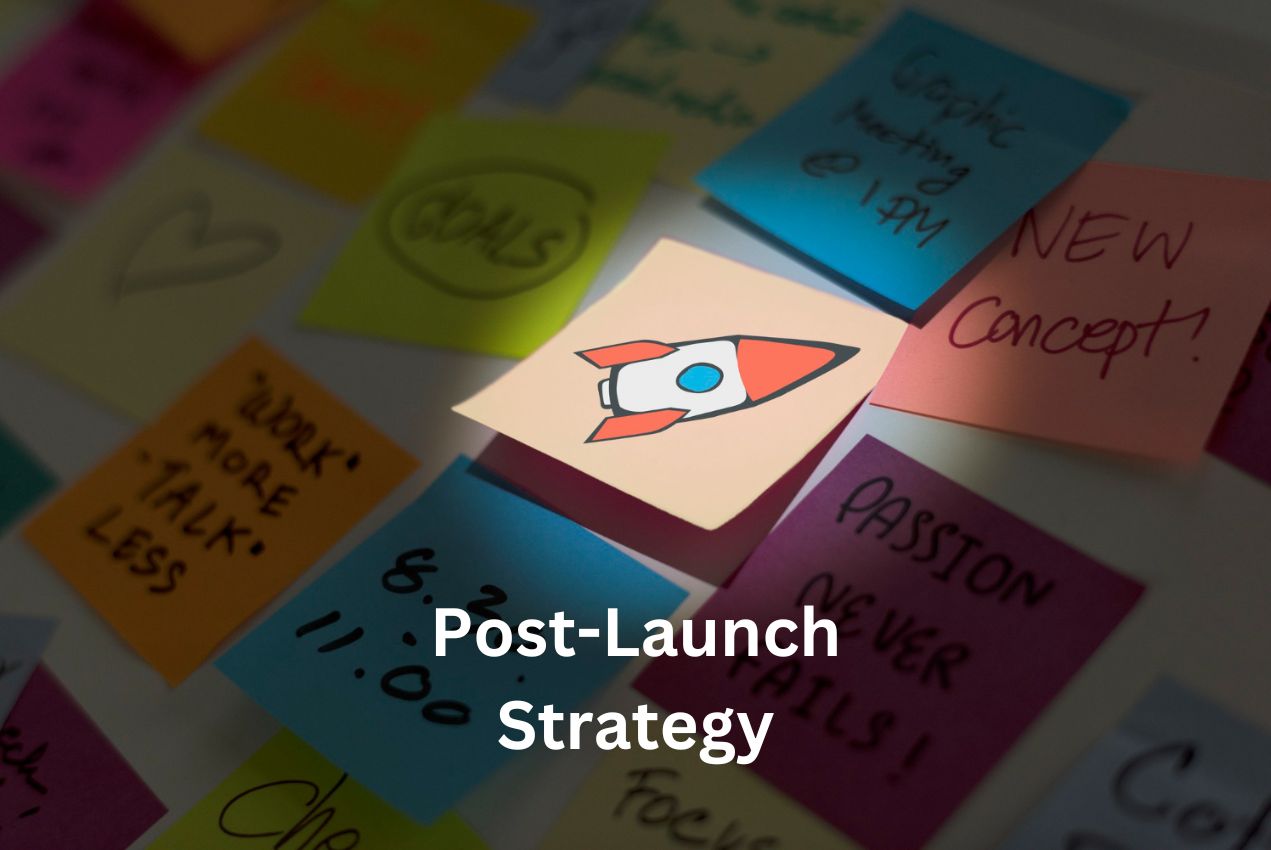
Building a Strong Post-Launch Strategy for Long-Term Success
Launching your app is just the first step toward achieving long-term success. After the app is available to users, a robust post-launch strategy is essential to keep users engaged, improve the app based on feedback, and ensure that the app continues to grow. Many businesses make the mistake of thinking the work is done after the launch, but continuous improvement is key. Regular updates, bug fixes, and new features will keep the app relevant and retain your user base. Effective post-launch strategies can help maintain momentum, fix issues promptly, and improve the app to better meet user expectations.
Essential Post-Launch Activities:
- User Feedback: Actively collect and analyze user reviews and feedback to identify areas for improvement.
- Bug Fixes: Quickly address any bugs or issues users encounter to prevent negative reviews and high uninstall rates.
- New Features: Release new features periodically to keep users engaged and excited about updates.
- Marketing Efforts: Keep promoting the app after launch through email campaigns, social media, and app store optimization (ASO).
- App Updates: Regularly update the app with enhancements, bug fixes, and security patches to keep the app fresh and functional.
- User Retention Strategies: Implement push notifications, loyalty programs, or other tactics to keep users coming back.
Conclusion
Developing your first mobile app is a big undertaking, but by avoiding these common mistakes, you can increase your chances of success. From conducting proper market research and defining clear goals to ensuring a great user experience and planning for future growth, each step plays a vital role in creating an app that users will love. Remember, app development is an ongoing process, so don’t forget to continue improving and updating your app long after it launches.

